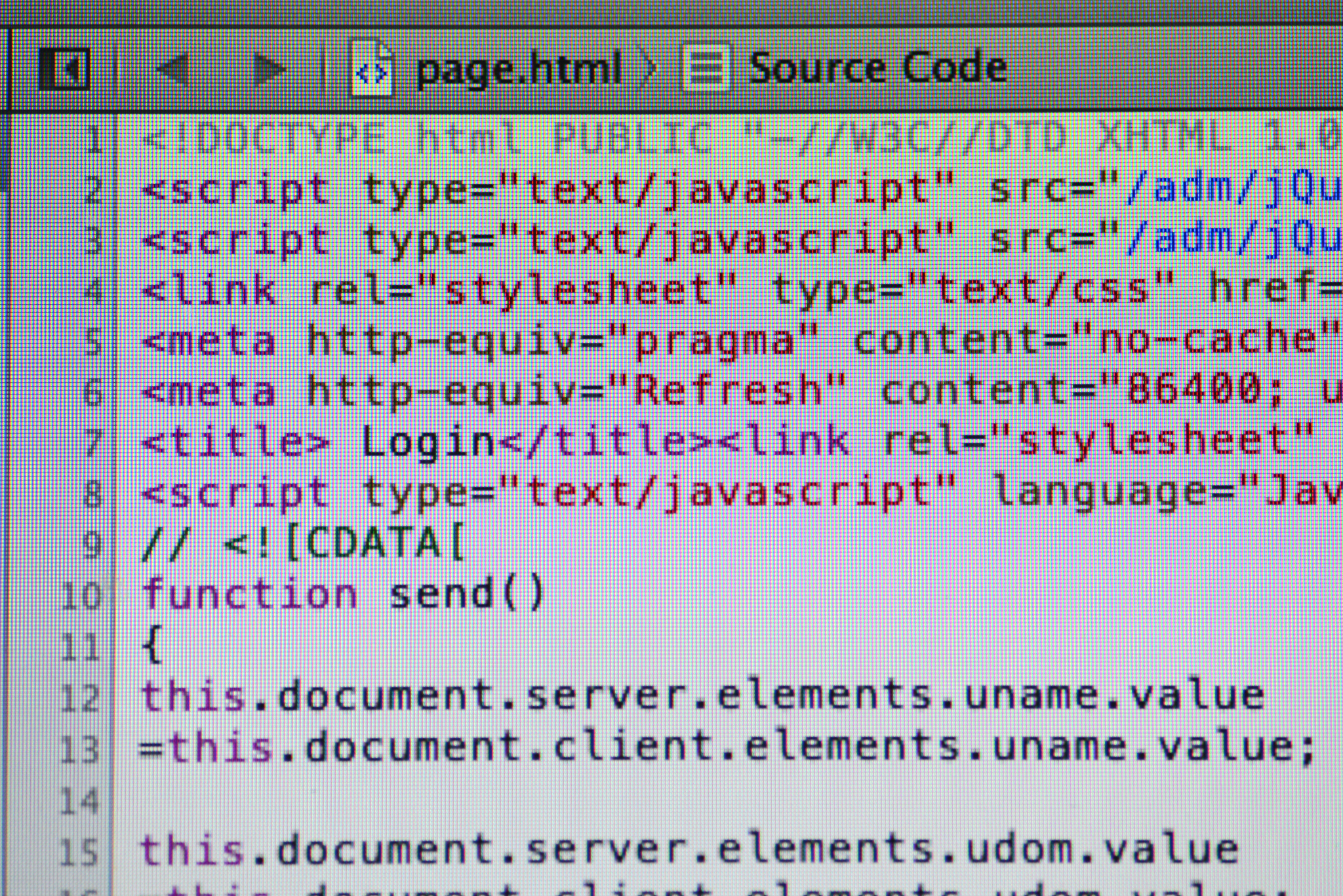Python3 代码优化:处理多音轨视频信息并输出到 Excel
import os import re import subprocess import openpyxl import math from openpyxl.styles import Font, PatternFill, Alignment
视频格式
supported_formats = [ '.mp4', '.avi', '.mkv', '.wmv', '.mov', '.flv', '.m2ts', '.ts', '.rm', '.rmvb', '.vob', '.3gp', '.webm', '.hdmov', '.mp4v', '.mpv4', '.divx', '.xvid', '.f4v', '.mpeg', '.asf', '.asx', '.m2t', ]
视频文件夹
video_folder = input('请输入文件夹路径:')
输出Excel路径
excel_folder = '.'
输出Excel文件名
excel_file = 'video_info.xlsx'
正则表达式匹配码率数据中的空格
pattern = re.compile(r'(\d+)\s+(\d+)')
创建Excel文件
wb = openpyxl.Workbook() ws = wb.active ws.title = 'Video Info'
获取视频文件列表(包括子目录)
video_files = [] for root, dirs, files in os.walk(video_folder): for file in files: for format in supported_formats: if file.endswith(format): video_files.append(os.path.join(root, file)) break
锁定表头
ws.freeze_panes = 'A2'
设置表头样式
header_font = Font(bold=True, color='800080') # 紫色 header_fill = PatternFill('solid', fgColor='C5E0B4') header_alignment = Alignment(horizontal='center', vertical='center') headers = [ '文件名', '文件路径', '格式', '大小', '时长', '分辨率', '码率', '帧率', '音频码率1', '音频采样率1', '音频语言1', '音频码率2', '音频采样率2', '音频语言2', '压缩比率', ] for col, header in enumerate(headers, start=1): cell = ws.cell(row=1, column=col, value=header) cell.font = header_font cell.fill = header_fill cell.alignment = header_alignment
处理失败文件个数
failed_count = 0
遍历所有视频文件
success_count = 0 row = 2 # 从第二行开始写入数据 for video_file in video_files: try: # 获取文件名 file_name = os.path.basename(video_file)
# 获取文件大小并进行单位换算
size = os.path.getsize(video_file)
if size < 1024:
size_str = f'{size} B'
elif size < 1024 * 1024:
size_str = f'{size / 1024:.2f} KiB'
elif size < 1024 * 1024 * 1024:
size_str = f'{size / 1024 / 1024:.2f} MiB'
else:
size_str = f'{size / 1024 / 1024 / 1024:.2f} GiB'
# 使用mediainfo获取视频信息 / 音频信息
video_result = subprocess.run(
[
'mediainfo',
'--Inform=Video;%Format%|%Width%x%Height%|%BitRate/String%|%FrameRate%|%Duration/String3%',
video_file,
],
stdout=subprocess.PIPE,
)
video_output = video_result.stdout.decode().strip()
audio_result = subprocess.run(
[
'mediainfo',
'--Inform=Audio;%BitRate/String%|%SamplingRate/String%|%Language/String%',
video_file,
],
stdout=subprocess.PIPE,
)
audio_output = audio_result.stdout.decode().strip()
# 解析输出结果
video_info = video_output.split('|')
audio_info = audio_output.split('|')
# 处理多音轨情况
audio_count = len(audio_info) // 3
if audio_count > 1:
headers = headers[:8] + ['音频码率'+str(i+1) for i in range(audio_count)] \n + ['音频采样率'+str(i+1) for i in range(audio_count)] \n + ['音频语言'+str(i+1) for i in range(audio_count)] + ['压缩比率']
ws.delete_cols(9, 6)
for col, header in enumerate(headers, start=1):
cell = ws.cell(row=1, column=col, value=header)
cell.font = header_font
cell.fill = header_fill
cell.alignment = header_alignment
ws.cell(row=row, column=15, value=' / '.join(audio_bitrate))
else:
audio_bitrate = [audio_info[0]]
audio_sampling_rate = [audio_info[1]]
audio_lang = [audio_info[2]]
# 时长取整
duration = video_info[4].split('.')[0]
h, m, s = duration.split(':')
duration = f'{h}:{m}:{str(s).zfill(2)}'
# 以分钟计算的时长 2
duration_minutes = int(h) * 60 + int(m) + math.ceil(float(s)) / 60
# 计算压缩比率
ratio = round(duration_minutes / size * 1000000000, 2)
# 使用正则表达式替换码率数据中第一个数字和第二个数字之间的空格
bitrate = re.sub(pattern, r'\1\2', video_info[2])
# 写入Excel文件
ws.cell(row=row, column=1, value=file_name)
ws.cell(row=row, column=2, value=os.path.dirname(video_file)) # 写入文件夹路径
ws.cell(row=row, column=3, value=video_info[0])
ws.cell(row=row, column=4, value=size_str)
ws.cell(row=row, column=5, value=duration)
ws.cell(row=row, column=6, value=video_info[1])
ws.cell(row=row, column=7, value=bitrate)
ws.cell(row=row, column=8, value=video_info[3])
for i in range(audio_count):
ws.cell(row=row, column=9+i, value=audio_bitrate[i])
ws.cell(row=row, column=9+audio_count+i, value=audio_sampling_rate[i])
ws.cell(row=row, column=9+2*audio_count+i, value=audio_lang[i])
ws.cell(row=row, column=9+3*audio_count, value=ratio)
# 打印进度
print(f'已处理 {success_count+1}/{len(video_files)} 共计', end='\r')
success_count += 1
row += 1
except Exception as e:
# 处理失败,跳过并打印文件名和具体错误信息
failed_count += 1
print(f'处理文件 {file_name} 时失败:{e}')
# 将失败的文件写入到err.txt
with open('err.txt', 'a') as f:
f.write(f'{file_name}\n')
continue
总计处理文件数
total_count = len(video_files)
调整L列左对齐
l_col = ws['L'] for cell in l_col: cell.alignment = Alignment(horizontal='left') # 左对齐
固定列宽
for col in ws.columns: col_letter = col[0].column_letter if col_letter not in ['']: # 不固定文件夹路径、格式、音频语言列的宽度 ws.column_dimensions[col_letter].width = 11
保存Excel文件
if not os.path.exists(excel_folder): os.makedirs(excel_folder) excel_file_path = os.path.join(excel_folder, excel_file) wb.save(excel_file_path)
打印处理失败文件个数和总计处理文件数
print( f'已完成,处理成功 {success_count} 个文件,处理失败 {failed_count} 个文件,视频信息已保存到 {excel_file_path}' )

原文地址: http://www.cveoy.top/t/topic/mFeK 著作权归作者所有。请勿转载和采集!